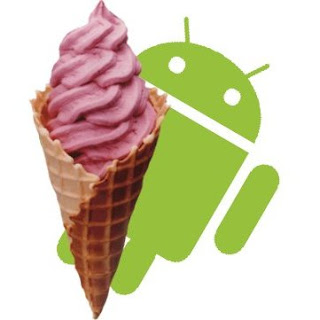
The new Sony P tablet is launched with a clamshell design making it stand out from the crowd. This design makes it a perfect compact device in the market. The Sony P comes with a dual screen, with each of the screen measuring 5.5 inches in size. Talking about the feature of this device it is packaged with the latest android platform, 4G capable, Sony Entertainment Network with Music Unlimited, Video Unlimited and games for PS Certified devices.
With the Sony P tablet featured with two screens it gives a complete different experience when using it, as compared to the other android tablets running honeycomb.
This tablet works great for gaming as it is play station certified. The bottom screen of the tablet works as the controls while the gaming action takes place all in the top screen. To the gamers advantage the touch screen is responsive enough.
The Sony P tablet has an ultra portable design. The upper and lower portions have a rounded back, so when it's closed, the tablet does a good impression of a long, slightly flattened cylinder that's probably not much larger than a glasses case. The tablet looks very stylish. The tablet comes with a front and rear camera, with a mere weight of only 372 g.
But away from its unique design and style the Sony P tablet has been slapped with a hefty price tag by the company, which would really be a matter of concerned among the tablet lovers.

